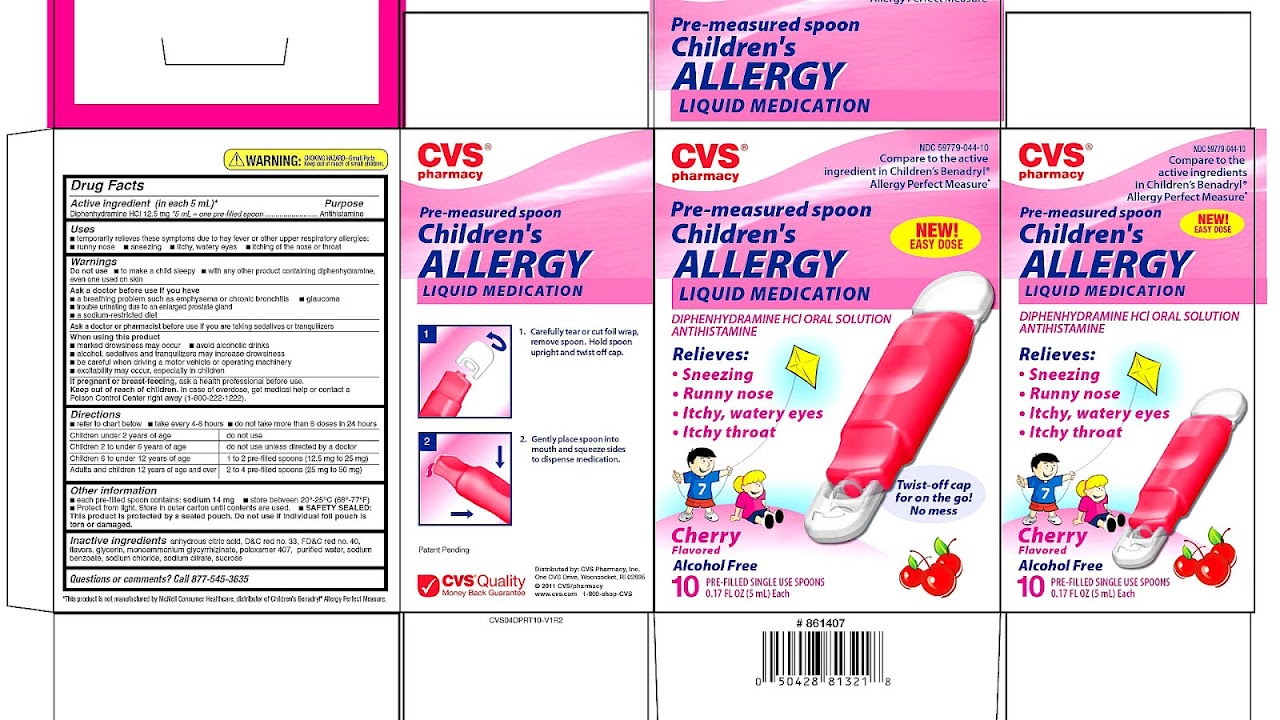
Loratadine, sold under the brand name Claritin among others, is a medication used to treat allergies. This includes allergic rhinitis (hay fever) and hives. It is also available in combination with pseudoephedrine, a decongestant, known as loratadine/pseudoephedrine. It is taken by mouth.
Common side effects include sleepiness, dry mouth, and headache. Serious side effects are rare and include allergic reactions, seizures, and liver problems. Use during pregnancy appears to be safe but has not been well studied. It is not recommended in children less than two years old. It is in the second-generation antihistamine family of medication.
Loratadine was discovered in 1981 and came to market in 1993. It is on the World Health Organization's List of Essential Medicines, the most effective and safe medicines needed in a health system. Loratadine is available as a generic medication. The wholesale cost in the developing world is about 0.01 to 0.08 USD per dose. In the United States it is available over the counter.

Maps, Directions, and Place Reviews
Medical uses
Loratadine is indicated for the symptomatic relief of allergy such as hay fever (allergic rhinitis), urticaria (hives), chronic idiopathic urticaria, and other skin allergies. For allergic rhinitis (hay fever), loratadine is effective for both nasal and eye symptoms: sneezing, runny nose, itchy or burning eyes.
Similarly to cetirizine, loratadine attenuates the itching associated with Kimura's disease. It is marketed for its less sedating properties.
Forms
The drug is available in many different forms, including tablets, oral suspension, and syrup, and in combination with pseudoephedrine. Also available are quick-dissolving tablets, which are marketed as being faster to get into one's circulatory system, but require special handling to avoid degrading in the package.
Side Effects Of Allergy Pills Video
Contraindications
Patients with severe hepatic (liver) disorders may need to start with a lower dose. No dose adaptation is necessary for elderly or renally (kidney) impaired patients.
Loratadine is usually compatible with breast-feeding (classified category L-2 by the American Academy of Pediatrics). In the U.S., it is classified as category B in pregnancy, meaning animal reproduction studies have failed to demonstrate a risk to the fetus but no adequate and well-controlled studies in pregnant women have been conducted.

Adverse effects
As a "non-sedating" antihistamine, loratadine causes less (but still significant, in some cases) sedation and psychomotor retardation than the older antihistamines because it penetrates the blood/brain barrier to a smaller extent.
Other possible side effects include headache and antimuscarinic effects such as urinary retention, dry mouth, blurred vision, and gastrointestinal problems.

Interactions
Substances that act as inhibitors of the CYP3A4 enzyme such as ketoconazole, erythromycin, cimetidine, and furanocoumarin derivatives (found in grapefruit) lead to increased plasma levels of loratadine. This had clinically significant effects in controlled trials of higher-than-usual doses of loratadine (20 mg).
Antihistamines should be discontinued about 48 hr prior to skin allergy tests, since these drugs may prevent or diminish otherwise-positive reactions to dermal activity indicators.

Pharmacology
Mechanism of action
Loratadine is a tricyclic antihistamine, which acts as a selective inverse agonist of peripheral histamine H1-receptors. The potency of 2nd generation histamine antagonists is (from weakest to strongest) desloratadine < cetirizine < loratadine < fexofenadine.
Pharmacokinetics
Loratadine is given orally, is well absorbed from the gastrointestinal tract, and has rapid first-pass hepatic metabolism; it is metabolized by isoenzymes of the cytochrome P450 system, including CYP3A4, CYP2D6, and, to a lesser extent, several others. Loratadine is almost totally (97-99%) bound to plasma proteins. Its metabolite desloratadine, which is largely responsible for the antihistaminergic effects, binds to plasma proteins by 73-76%.
Loratadine's peak effect occurs after one to two hours, and its biological half-life is on average 8 hours (range 3 to 20 hours) with desloratadine's half-life being 27 hours (range 9 to 92 hours), accounting for its long-lasting effect. About 40% is excreted as conjugated metabolites into the urine, and a similar amount is excreted into the feces. Traces of unmetabolised loratadine can be found in the urine.
In structure, it is closely related to tricyclic antidepressants, such as imipramine, and is distantly related to the atypical antipsychotic quetiapine.

History
Schering-Plough developed loratadine as part of a quest for a potential blockbuster drug: a nonsedating antihistamine. However, by the time Schering submitted the drug to the U.S. Food and Drug Administration (FDA) for approval, the agency had already approved a competitor's nonsedating antihistamine, terfenadine (trade name Seldane), and, therefore, put loratadine on a lower priority.
Loratadine was approved by the FDA in 1993. The drug continued to be available only by prescription in the U.S. until it went off patent in 2002. It was then subsequently approved for over-the-counter sales. Once it became an unpatented over-the-counter drug, the price dropped significantly.
Schering also developed desloratadine (Clarinex), which is an active metabolite of loratadine.

Society and culture
Over the counter regulation
In 1998, in an unprecedented action, the American insurance company Anthem petitioned the FDA to allow loratadine and two other antihistamines to be made available over the counter (OTC) while it was still under patent; the FDA granted the request, which was not binding on manufacturers. In the US, Schering-Plough made loratadine available OTC in 2002. As of 2015 loratadine was available in many countries OTC.
Brands
As of 2017 loratadine was available under many brand names and dosage forms worldwide, including several combination drug formulations with pseudoephedrine, paracetamol, betamethasone, ambroxol, salbutamol, phenylephrine, and dexamethasone.
Source of the article : Wikipedia


EmoticonEmoticon